This Is Why Alfa Romeo Matters: Alfa Romeo Montreal

Alfa Romeo is an automotive brand that’s so poorly known in America that some folks think it’s named after a guy named Alfred Romero, so to a casual observer it probably seems odd that Fiat boss Sergio Marchionne keeps insisting that he wants to revive the brand in the United States. The passion that car enthusiasts have for a brand that has had, at best, minimal market penetration in North America, seems out of proportion. If you want to know why the Alfa brand evokes such passion, however, look no further than the Alfa Romeo Montreal. Even if you’re not into Italian cars in general or Alfa Romeos in particular, if your heart doesn’t start beating just a little bit faster when you see a Montreal, you’re not a car enthusiast at all. The Montreal is sexy on wheels.
The Montreal is one of the few concept cars that made it to production mostly intact. Introduced at Expo 67, the world’s fair held in Montreal, and given the name of the host city, the Montreal had great lineage. The 2+2 body design was led by Marcello Gandini at Bertone, and the Montreal shares some of the lines of the Lamborghini Miura, Gandini’s chef-d’oeuvre. It’s four-cam 2,600 cc V8 engine was designed by famed Ferrari engineer Carlo Chiti, who headed Autodelta, Alfa’s racing division, at the time.
The Montreal looks just right. While mid-engine configurations rule the supercar roost, there’s something about the classic long hood / short deck that is just perfect for a grand touring coupe. That’s been true since the classic era. It was true about the 1956 Continental Mark II, it was true about the Ferrari Daytona and it was certainly true about the Alfa Romeo Montreal.
The Montreal doesn’t just have good lines. Gandini put in all sorts of flourishes and fillips. That long hood overhangs and slightly conceals the headlamps, not entirely unlike a lover’s lidded and sexy eyes. Fitting the relatively large (well, compared to the Alfa fours) engine in a car with such a low slung hood required both dry sumping the lubrication system and putting a power bulge on the hood. To make that bulge visually interesting Gandini and his team added one simple, elegant and purposeful looking NACA duct for the engine’s air intake. Though it looks purposeful, the sources say it was cosmetic. The series of slots carved into the C pillar also looked good but were actually functional, drawing ventilated air out of the cabin. They give that part of the Montreal some visual pop and the look might have been imitated by the 1970 Plymouth Roadrunner’s “strobe” stripe that ran up the C pillar and across the roof.
Alfa and Bertone, which was in the business of building bodies as well as designing them, considered putting the Montreal into production even before it went on public display at Expo 67. While public reaction was promising, the concept cars that were on display in Montreal were based on the Giulia Sprint GT and its 1.6 liter twin cam inline four and Alfa knew that would not be sufficient for a relatively large touring car.
Fortuitously, Autodelta was just then introducing the Tipo 33 racer and its road car sibling, the Type 33 Stradale, powered by an all-new two liter V8 engine Chiti had designed. A 90 degree design with double overhead cams for each cylinder bank, when bored out to 2.6 liters, with Spica mechanical fuel injection and twin electronic ignition, the Montreal’s engine was good for 230 hp at 6,500 rpm. At 1.25 horsepower per cubic inch it had to have been one of the highest specific output street production engines ever, even though it was detuned from the racing version, with a significantly reduced compression ratio. Performance was brisk, for the era, with a top speed of 137 mph and a 0-62 mph time of 7.1 seconds. To slow the car from that speed, vacuum assisted disc brakes were fitted at all four wheels. The Montreal braking system also featured two hydraulic circuits, a safety feature that became fairly standard as the 1960s went on.
Most of the 3,700 or so Montreals had recirculating ball steering boxes while the 180 right hand drive models had worm and roller steering units. Intended for long drives on the autostrada, not for ten tenths handling, the Montreal has a live axle in back while the front suspension features lower A arms with upper transverse and longitudinal links. Wheels were 14 inch Turbina made by Campagnolo out of their proprietary Elektron aluminum and magnesium alloy. They were so popular that Alfa would later use the same style wheel on Alfettas and Spiders.
It took four years for the Montreal to reach production, which started in 1971. Though it was expensive, about $10,000 (4,200 pounds in the UK), about $1,000 more than the Porsche 911E, it sold fairly well until the oil crisis of 1973.
The Montreal’s interior has a classic Italian configuration for drivers with long arms and short legs. Note the canted steering wheel. Full gallery here
Despite being named after a city in the New World, the Montreal was never officially marketed in North America. As a result it’s estimated that there are only about 100 examples in the U.S. As mentioned, less than 5% of Montreals built had the steering wheel on the right hand side. That makes this 1974 RHD Montreal particularly rare to see on this side of the pond. For a car with just 20,000 miles on the odometer, it’s been particularly well traveled. Originally delivered in Australia, this Montreal now calls the Detroit area its home, owned by Karl and Vivienne Robinson of Bloomfield Hills. Mr. and Mrs. Robinson’s Alfa Romeo (sorry, but I couldn’t resist, Katherine Ross’s enigmatic smile on the bus in the final scene sticks in my mind) was photographed this past summer at the Ford Product Development Center employees’ car show.
Ronnie Schreiber edits Cars In Depth, a realistic perspective on cars & car culture and the original 3D car site. If you found this post worthwhile, you can get a parallax view at Cars In Depth. If the 3D thing freaks you out, don’t worry, all the photo and video players in use at the site have mono options. Thanks for reading – RJS

Ronnie Schreiber edits Cars In Depth, the original 3D car site.
More by Ronnie Schreiber
Latest Car Reviews
Read moreLatest Product Reviews
Read moreRecent Comments
- Namesakeone Yes, for two reasons: The idea of a robot making decisions based on algorithms does not seem to be in anyone's best interest, and the thought of trucking companies salivating over using a computer to replace the salary of a human driver means a lot more people in the unemployment lines.
- Bd2 Powertrain reliability of Boxer engines is always questionable. I'll never understand why Subaru held onto them for so long. Smartstream is a solid engine platform as is the Veracruz 3.8L V6.
- SPPPP I suppose I am afraid of autonomous cars in a certain sense. I prefer to drive myself when I go places. If I ride as a passenger in another driver's car, I can see if that person looks alert and fit for purpose. If that person seems likely to crash, I can intervene, and attempt to bring them back to attention. If there is no human driver, there will probably be no warning signs of an impending crash.But this is less significant than the over-arching fear of humans using autonomous driving as a tool to disempower and devalue other humans. As each generation "can't be trusted" with more and more things, we seem to be turning more passive and infantile. I fear that it will weaken our society and make it more prone to exploitation from within, and/or conquest from the outside.
- JMII Based on the human drivers I encounter everyday I'll happily take my chances with a computer at the wheel.The highway driver assist system on my Santa Cruz is great, it can self drive perfectly in about 90% of situations. However that other 10% requires you to be in control and make decisions. I feel this is the problem with an AI driving a car, there are times when due to road construction, weather conditions or other drivers when only a human will know what to do.
- Hari Your route home sounds like the perfect stretch for a car like the Alfa Romeo Giulia. Its renowned handling and dynamic performance make it an ideal match for those curves. For enthusiasts or potential owners interested in understanding all the capabilities of the Giulia 2017, the owner’s manual is an invaluable resource. Check it out here: https://chatwithmanuals.com/automobiles/2017-alfa-romeo-giulia-owners-manual/. Our AI-powered chat makes navigating the manual simple, helping you quickly find specific details about the car's features and specs. Perfect for making the most out of those driving moments and truly understanding your vehicle!




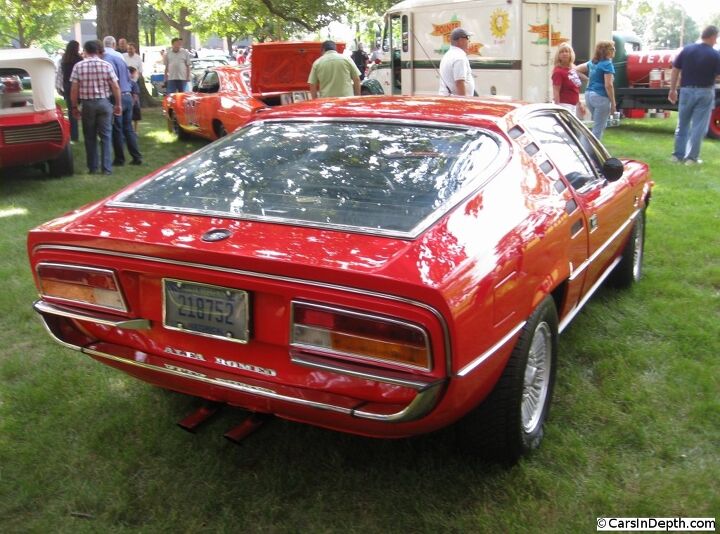

















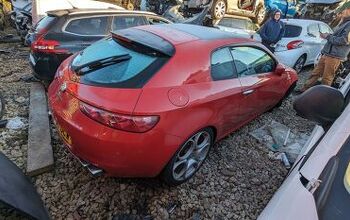
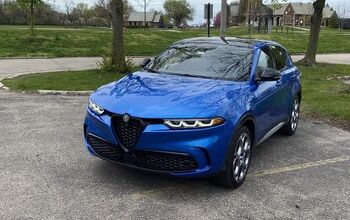
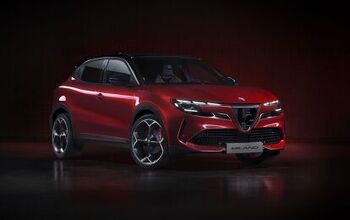
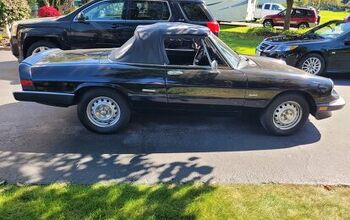
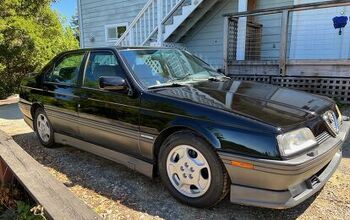



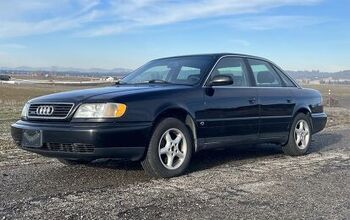

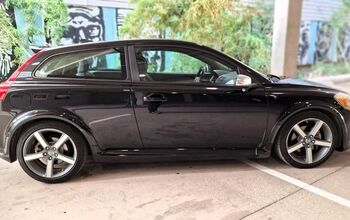
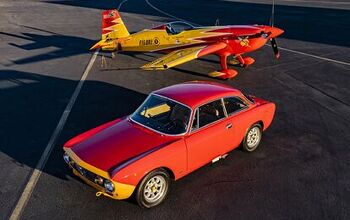


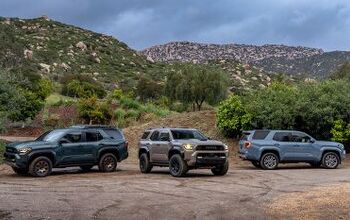
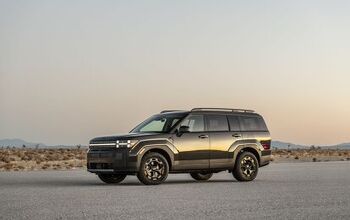
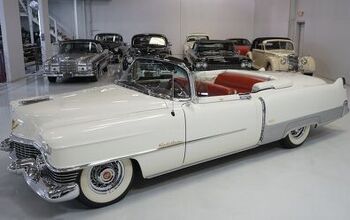
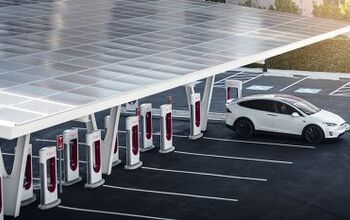
Comments
Join the conversation
I went straight to youtube and typed in Alfa Montreal. Found this video: https://www.youtube.com/watch?v=trH-rBQ02Do I think it's the same car in the picture! Same stereo, RHD, and red! Sounds fantastic, too.
Here is the Montreal as a race car: http://www.alfamontreal.info/Montreal/Bobcor25.jpg